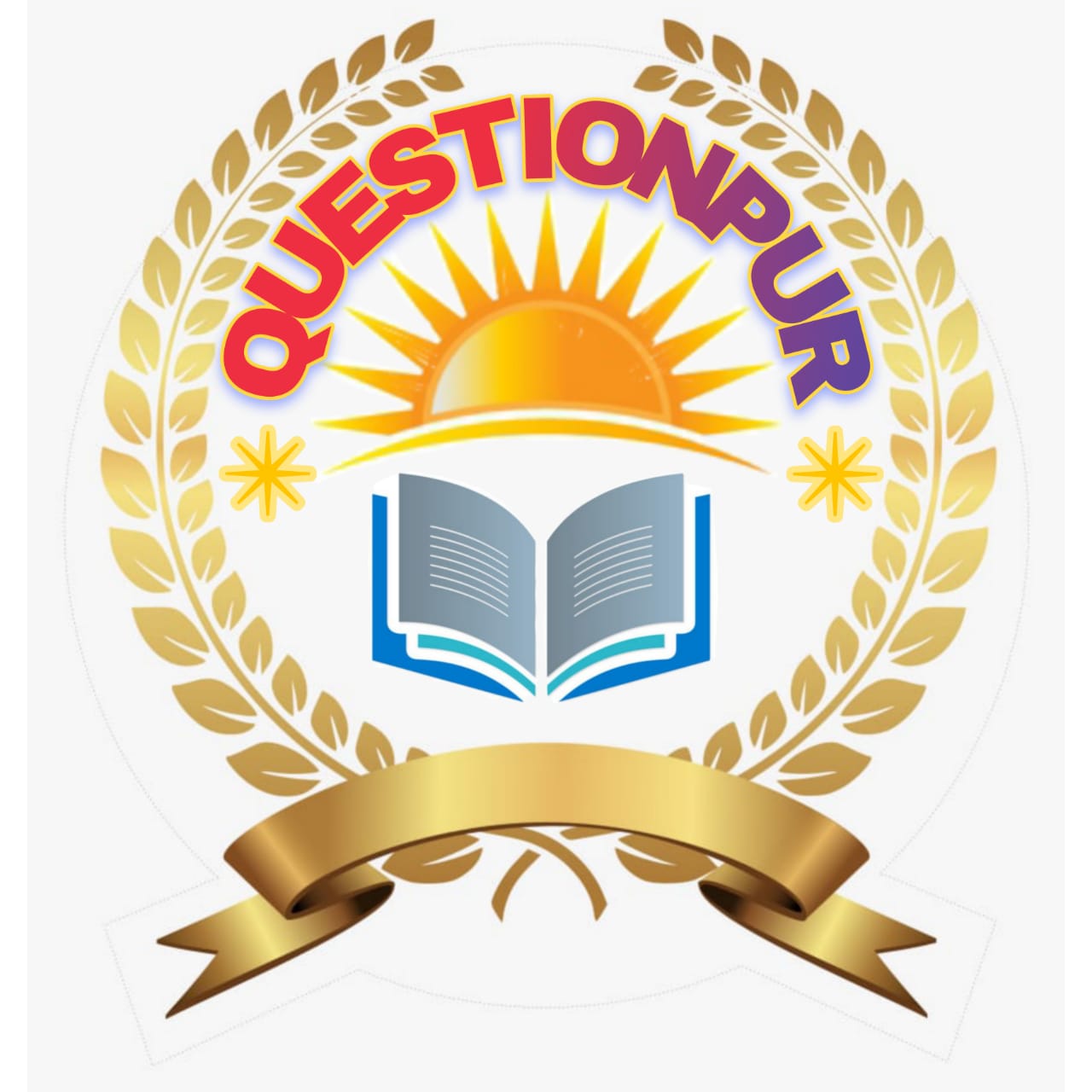The Aims and Methods of Teaching Poetry
Aims of Teaching Poetry
The aims of teaching poetry are as follows:
(1) To develop in the students the ability to appreciate good literature, especially poetry.
(2) To develop in the students the ability to understand spoken and written English to read comprehension and express ideas correctly in speech and writing..
(3) To visualise the images suggested by word groups and to recognise the careful choice of diction in the poem.
(4) To develop the aesthetic sense, the feeling of beauty in the pupils.
(5) To grasp the general purpose of the poem.
(6) According to Rybukh "Our aims should be to give pleasure and thus to lay the foundation for an adequate appreciation of English poetry which comes later."
(7) According to Menor and Patel The aims of teaching poetry is not so much to improve the child's knowledge of English as to add to his joy and increase his power of appreciation of beauty.
(8) To recognise the appropriateness of the use of significant words and phrases in the poem and interpret word groups.
(9) To catch the poet's mood and sentiments arid response to the emotions expressed in the poem.
(10) To foster in the students a wholesome attitude towards the English language and literature.
(11) To follow the development of the central thought of the poem through the imageries and dictions and ornaments of language used by the poet.
(12) To appreciate the sound effects of word groups and to recognise and appreciate the music in the poem. Reproducing Comprehension: The teacher can ask the students to produce the texts they have comprehended from the textbook or supplementary. Readers. He can also ask questions from the lessons. The above methods are subject to the standards and ages of the students.
Methods of Teaching Poetry
The following steps for the teaching of poetry may be suggested!
(1) Reading aloud by the Students:
After reading the poem, the teacher should ask two or three students to read it. He should help them to recite it with effect, earning about the pronunciation, intonation, and rise and fall of the voice. This will enable them to feel the music and beauty of its language.
(2) Reading again by the Teacher:
When the poem has been fully explained and discussed, the teacher should read the poem again. This reading will have a greater effect or the students because much has already been said about the poem.
(3) Introduction:
The teacher should give an appropriate introduction to arouse the interest of the students and to create the proper atmosphere for the poem that he is going to | teach. The introduction differs for every poem and depends on the subject matter. If the poem describes the life of the poet, It requires a biographical sketch of the author. In case, the poem is historical, the introductory talk should be about its historical background.
(4) Reading aloud by the Teacher:
After introducing the poem, the teacher should read it aloud. This is an important step because the message and beauty of a poem can be conveyed: to the students only when they read it well. The medium of poetry is music, its subject matter is emotion. Hence, the teacher must read or recite the poem with correct; pronunciation, phrasing, intonation, rhythm and proper gestures so that he may bring out the melody of the verse. He should respond to the emotion of the poem.
(6) Reading again by Students:
When the teacher finishes his reading of the poem, he should ask the students to read it again for the sake of enjoyment only.
(7) Final reading by the Teacher:
The last step in the teaching of poetry is the final reading of the poem by the teacher. He should read aloud to leave the students in a poetic atmosphere.
(8) Study of the Poem:
When the student finishes the reading of the poem, the teacher should come to study the poem. He should explain the difficult words but his explanation should be only so much as may enable the students to have a general understanding of its beauty and force, clear the references involved, and bring out the beauty of the figures of speech and throught ideas involved.
Read More-





